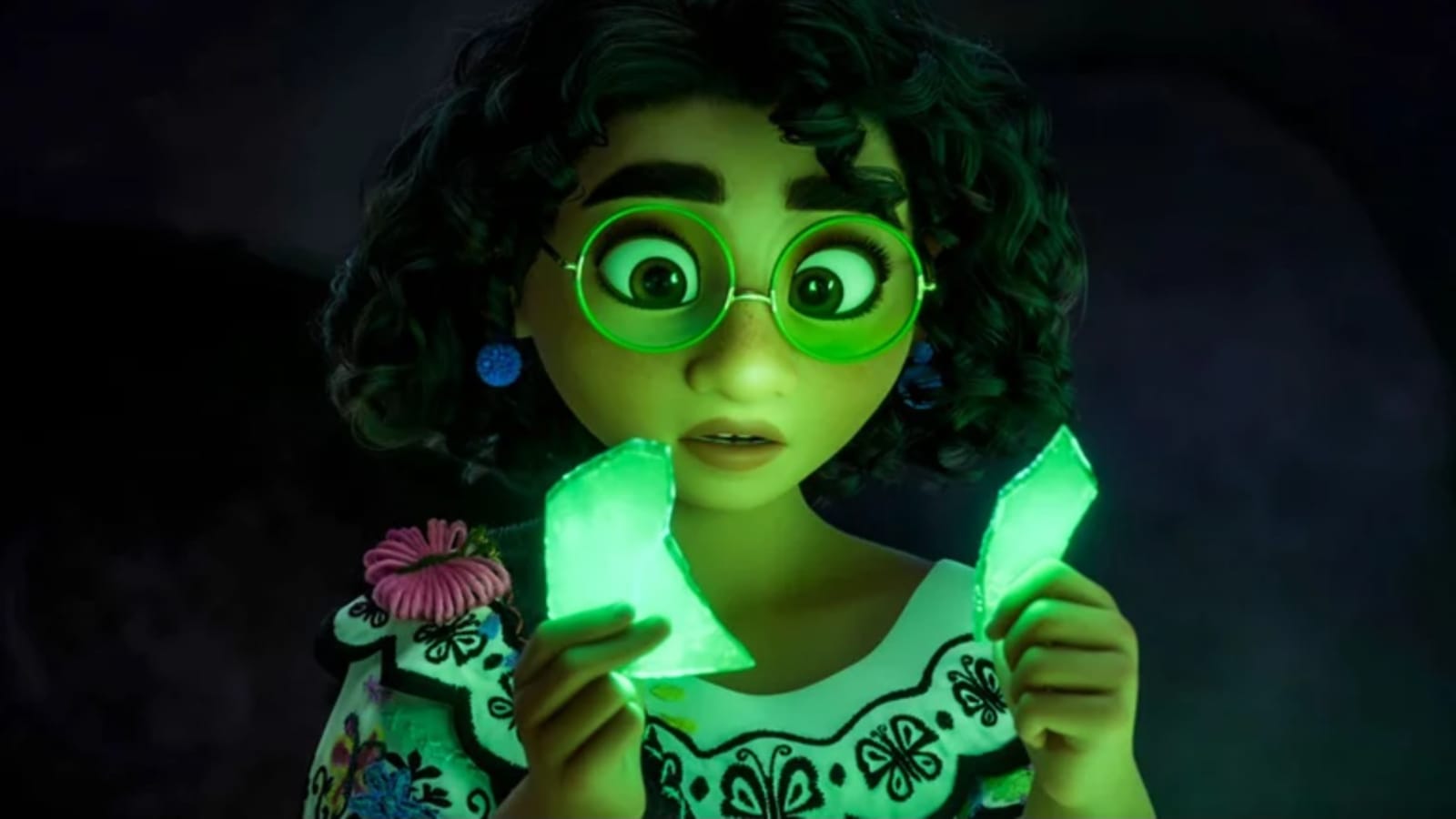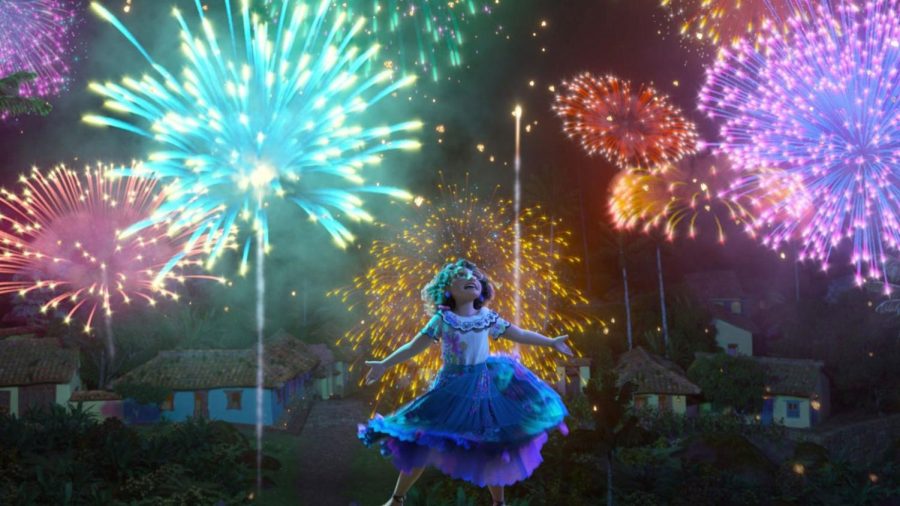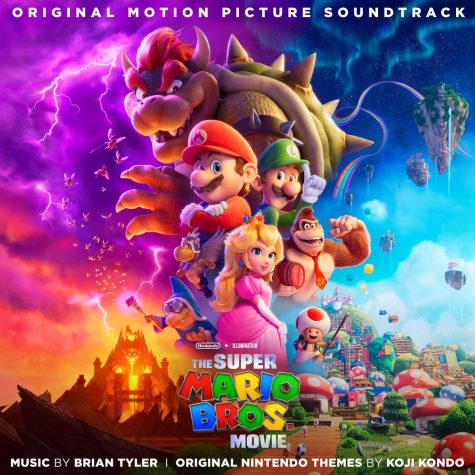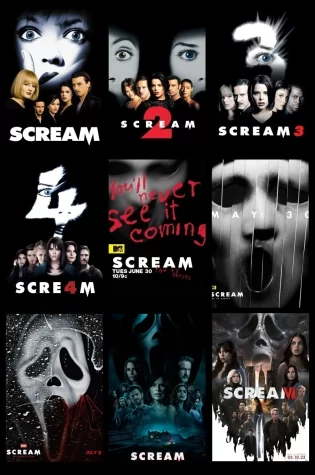So… Are We Gonna Talk About Bruno…?
Disney’s Encanto. A movie that Disney apparently didn’t know would blow up the way it did. A movie where their song, We Don’t Talk About Bruno, achieved more streams than Let it Go from Frozen.
The movie, set in Columbia around 1899 to 1902, is about an extraordinary family who was blessed with Gifts in their magical home called La Casita. Everyone in the family was blessed with amazing Gifts… except for Mirabel. The story follows Mirabel as she tries to find out if and/or why the magic in their town, Encanto, is fading. And how to solve it.
 This movie had insane positive reviews on social media: interpretations of the plot, further speculations on the characters, and theories galore. Most importantly, however, is how the audience of all ages understood and appreciated the narrative.
This movie had insane positive reviews on social media: interpretations of the plot, further speculations on the characters, and theories galore. Most importantly, however, is how the audience of all ages understood and appreciated the narrative.
The movie reflected many topics such as morals, representation, music, and character relatability; to name a few. Different grades/ages were selected to bring more diverse mindsets to the conversation.
Three sixth-graders were selected to be interviewed and explain their perspective on Encanto. Amelia DeRosa, Mia Silver, and Savannah Davis were asked three questions:
- What was your biggest takeaway from Encanto?
- What was your favorite song, and why?
- How would you compare it to the other Disney films released around that time, such as Luca and Raya and the Last Dragon?
The sixth graders all agreed and found the songs really catchy and held good morals inside them.
“It’s interesting because it’s one of the very few Disney movies that doesn’t have a love interest,” Silver stated.
Which is 100 percent true. The protagonist isn’t the damsel in distress; she’s the opposite. She’s saving herself and her family.
The songs in Encanto are the driving point in the movie’s skyrocketing popularity. The sixth graders all had different answers about their favorite songs.
“We Don’t Talk About Bruno, Surface Pressure, and The Family Madrigal,” DeRosa answered.
She explained that the songs were catchy with fun lyrics; also included great morals. They also wanted to note that they know all the lyrics to We Don’t Talk About Bruno.
Silver stated that Dos Oruguitas was her favorite. She explained the song had its own story in itself, being about two caterpillars.
Doing some more research, the story is told from the perspective of an outsider, seeming to see these lovers holding onto something that is already gone. Davis shared her favorite song was The Family Madrigal because it’s catchy and introduces the audience to the family and what their Gifts are.
“They both take place in places not in the United States, compared to older Disney movies which do,” DeRosa answered when asked about the comparative aspect between other Disney films released around that same time.
Luca took place in Italy, while Raya and the Last Dragon was inspired by Southeast Asian cultures such as Indonesia, Thailand, and Vietnam. There are a total of sixty Disney animated films, and 20 are confirmed to be set in the United States. That totals 33 percent of Disney movies that were referenced to be in the United States.
/cdn.vox-cdn.com/uploads/chorus_asset/file/22885623/ENCANTO_ONLINE_USE_240.0_018.00_0001_copy.jpg) “Both Luca and Encanto were somewhat of a fish-out-of-water situation,” Silver commented. “Both Luca and Mirabel were considered outcasts.”
“Both Luca and Encanto were somewhat of a fish-out-of-water situation,” Silver commented. “Both Luca and Mirabel were considered outcasts.”
This was a thesis not prominent in mainstream media. However, the lack of popularity doesn’t make the statement any less believable. Briefly, Luca is about a fish-human hybrid whose species prominently live in the sea. Humans have rumors of this hybrid and believe them to be a disgusting monsters. We follow our protagonist, Luca, as he tries to find his identity and make good, reliable friends along the way.
Both stories talk greatly about identity and outside influences making them seem crazier and more bizarre than they actually are; with them becoming centered into who they are in the end.
Juniors Morgan Griffin and Jasmine Gray, discussed the deeper themes from the film.
“It dealt with a lot of generational trauma,” Gray answered when asked about her opinion on the plotline.
Generational trauma is when a family member experiences something horrifically traumatic and passes down the pain they experience (can be presented in many ways) to the next generation.
This is presented a lot in Encanto with Abuela, who is trying to make sure something horrific never happens to her family ever again but pushing everyone to extreme standards in relation to their gift.
“She (Mirabel) kinda does have a gift and that is to bring her community together,” Griffin said.
This is presented quite remarkably at the end of the film when La Casita finally falls apart. Mirabel instructs and influences not only her family but her town to help her rebuild their home.
“Everyone had different physical traits, but it was still holding true to their culture and that culture is so diverse, ” Griffin answered when asked about the representation present in the film.
“I’m pretty sure that’s the first-ever Disney film with mixed representation, which makes me happy. I felt sad there really wasn’t any mixed representation, [in past Disney movies]” Gray added.
Adelina Manore, a Spanish teacher at Imagine Prep also discussed the representation and deeper themes of the story. Manore shared that she thinks the target audience for Encanto would be teens.
“I feel like topics such as identity and self-identity and pressure from outside sources,” Manore said.
While this is a PG-rated movie, Encanto is more encapsulated toward teens due to the relatable and serious morals. However, the bright, colorful nature of the film makes it lovable for kids who wouldn’t fully grasp the concept.
“I think the representation was accurate, the matriarch is truthfully present in the culture, the topic such as self-identity is very multicultural,” Manore said.
Overall, the reviews for Encanto are majority positive and catered toward all ages. The morals are intriguing for the older audience and the flamboyant scenes make the kids’ eyes glued to the screen. It’d definitely be a good watch.







Robert Bowley • Feb 19, 2022 at 4:44 pm
Fantastic insights into this meaningful film. Should be seen by all!